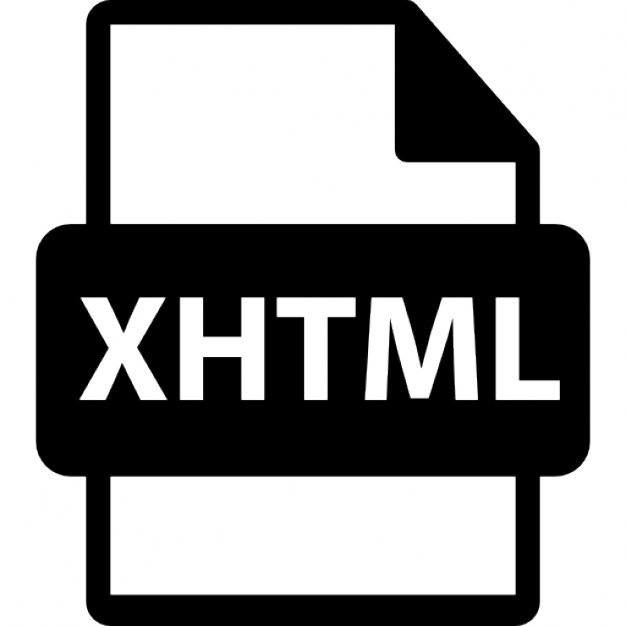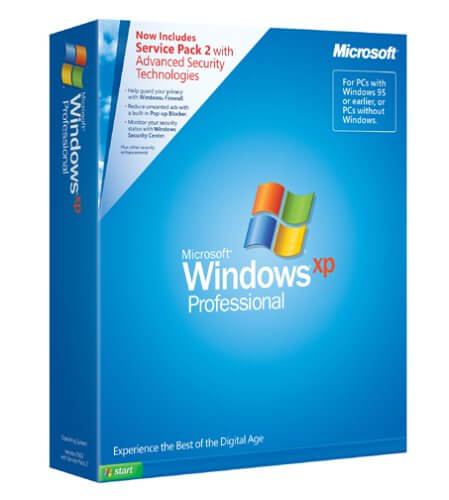There are 10 reasons to convert HTML to XHTML
1)
XHTML is the current markup standart, replacing HTML4.
2)
XHTML is designed to work well with other XML-based markup languages, applications, and protocols – an advantage that HTML lacks.
3)
XHTML is more consistent than HTML, so it’s less likely to cause problems of function and display.
4)
XHTML 1.0 is a bridge to future versions of XHTML. Should the XHTML 2 draft specification achieve final recommendation stats, it will be easier to adapt to it from XHTML 1.0 than from HTML.
5)
Old browsers are as comfortable with XHTML as they are with HTML. There’s no advantage to XHTML in this regard, but, hey, there’s no disadvantage either.
6)
New browsers love XHTML and many accord it special treatment not granted to pages authored in HTML 4.
7)
XHTMl works as well in wireless devices, screen readers, and other specialized User Agents as it dows in traditional desktop browsers, in many cases removing the need to create specialized wireless markup versions and allowing sites to reach more visitors with less work and at lower cost.
8)
XHTML is part of a family of web standards that let you control the behavior and appearance of web pages across multiple platforms, browsers, and devices.
9)
Aythoring in XHTML can assist you in breaking the habit of writing presentational markup, and that in turn can help you avoid accessibility problems and inconsistencies of display between different manufactureers’ desktop browsers.
10)
Authoring in XHTML can get you into the habit of testing your work against Markup Validation Services, which in turn can often save testing and debugging time and help you avoid many basic accessibility errors, such as neglecting to include a usable alt attribute to every <img> tag.






